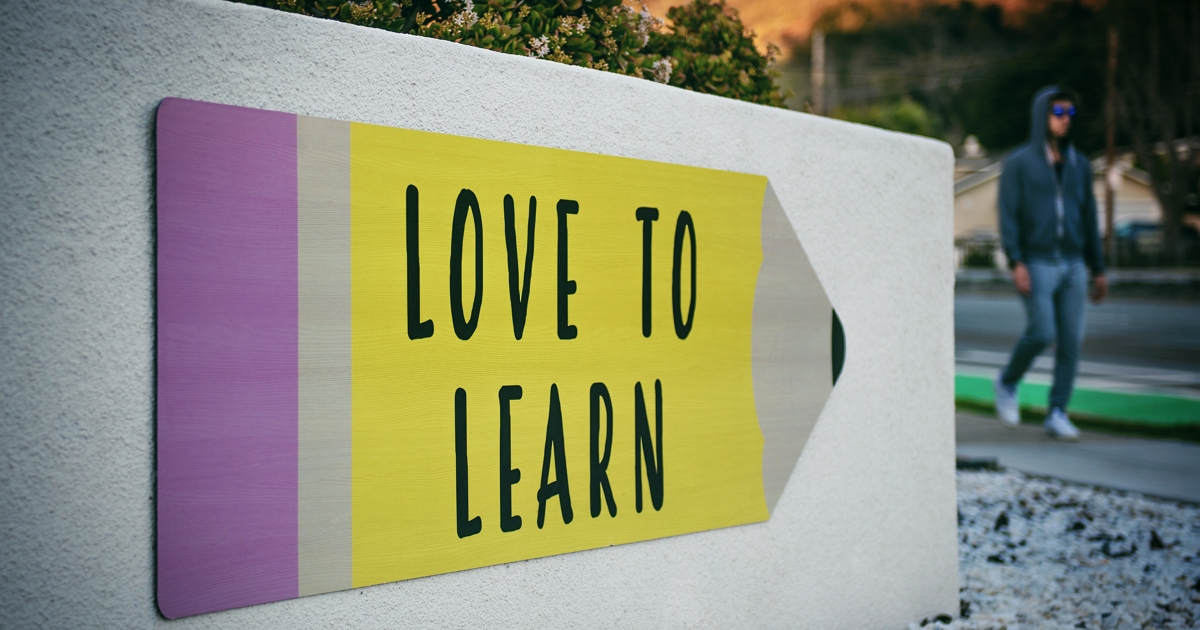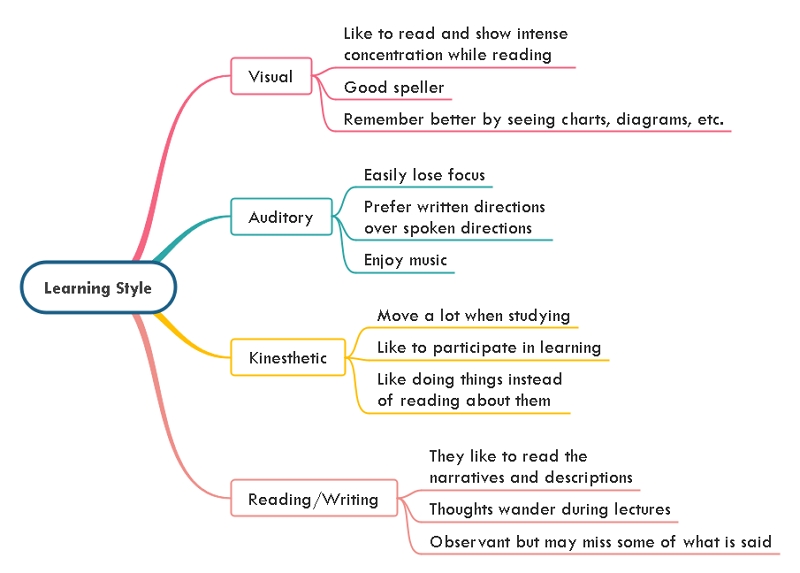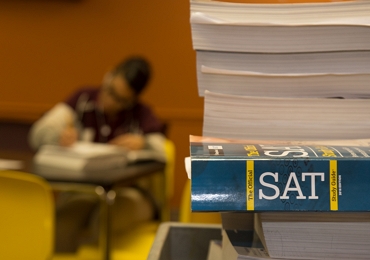What Is A Visual Learning Style

We all view the world in various ways, and variability in the forms of learning is a common occurrence. Understanding the variations between different forms of learning styles will have a significant effect on how teachers treat their pupils, set up community events, and mobilize around the learning process. There are four common types of learning styles - visual learning style, auditory learning, kinesthetic learning, and reading/writing learning.
By knowing the difference between learning styles, teachers may end up with a couple of students lagging behind their classmates — in part because they haven't triggered their particular learning style.

- Auditory Learners -
Auditory pupils prefer to understand more through sound and listening. These students will rather listen to a speech than reading written notes and also use their voices to develop novel ideas and concepts.
They want the information to be read or recited and benefit from auditory repetition. Common characteristics among these learners are -
- Easily lose focus
- Prefer written directions over spoken directions
- Enjoy music
,nbsp;
- Kinesthetic Learning -
It is by experiencing or doing things that kinesthetic learners or "tactile" learners understand and process information. These are the students who may fail to sit still, maybe fantastic at athletics, or maybe enjoy dancing, may need to take breaks when learning.
They remember best what was done and not what they heard or thought of. Common characteristics among these learners are -
- Move a lot when studying
- Like to participate in learning
- Like doing things instead of reading about them
,nbsp;
- Reading/Writing Learners -,nbsp;
Reading/writing learners tend to learn by written words. Although there is some overlap with the visual learning style, these types of learners are drawn to expression by writing, reading articles on the internet, writing in diaries, and looking up words in the dictionary.
Common characteristics among these learners are - ,nbsp;
- They like to read the narratives and descriptions
- Thoughts wander during lectures
- They are observant but may miss out on a few things
,nbsp;
Someone with a visual learning style,nbsp;is partial to see and observe things, including images, diagrams, written directions, and more. Students who learn by seeing are better at recognizing knowledge as it is viewed visually.
Visual learners prefer to use charts, maps, graphs, diagrams, and more to take information in. The best way to get to a visual learner is through the use of images to explain concepts and ideas. The type of learning style does not, however, contain photos or images.
They have more immediate recall of the words that are visually presented. Visual learners are fond of taking notes. They consciously solve problems, prepare their ideas in advance and arrange them by writing them down. They like to read the narratives and descriptions.
- Thoughts wander during conferences
- Enjoy reading and displaying deep focus while reading
- Good speller
- Recall better by viewing charts, diagrams, etc.
In ordered linear forms, seminars, videos, and textbooks show all the knowledge – with a beginning, middle, and end. This is excellent for delivering information, but it requires different cognitive processes to synthesize and integrate new information – that is the key to deep learning.
This is where the visual learning style,nbsp;and mapping of the mind come into the picture. Mapping helps students to collect concepts and incorporate the information in no set or defined order, often in multi-sensory ways.
- For Learning:
Visual apprentices can remember 75% of what they see or read, so they take lots of notes. They get a strong sense of direction as they can read maps. Their passion for equilibrium means they prefer to be cool.
- See headings and pictures before completing whole sentences
- Highlight the main words in color
- Write down your notes and use graphs, maps, and charts whenever possible
- Using brainstorming diagrams and mind maps to show how everything you're doing blends in.
,nbsp;
- For Teaching:
The following tips can easily aid teachers with students who have a visual learning style.
- To present information such as PowerPoint, videos, and photos, use lots of different technologies.
- With headings and pictures coordinate details well.
- Let the student be creative and use the imagination he has.
- Ask students to close their eyes after reading information so that they can picture what they've just learned.
- This easy-to-use, flexible mind mapping tool is designed to help you generate modern, fresh visuals. Through combining the bullet points into a mind map on a project, MindMaster lets you organize the thoughts or concepts and create strategies that are important.
- The software provides 12 different map types, 33 themes, and more than 700 clip art materials to design the mind maps with almost unlimited possibilities.
- Through incorporating more detail such as callouts, relationships, summaries, points, comments, hyperlinks, and so on, let the mind map talk clearly and precisely.





